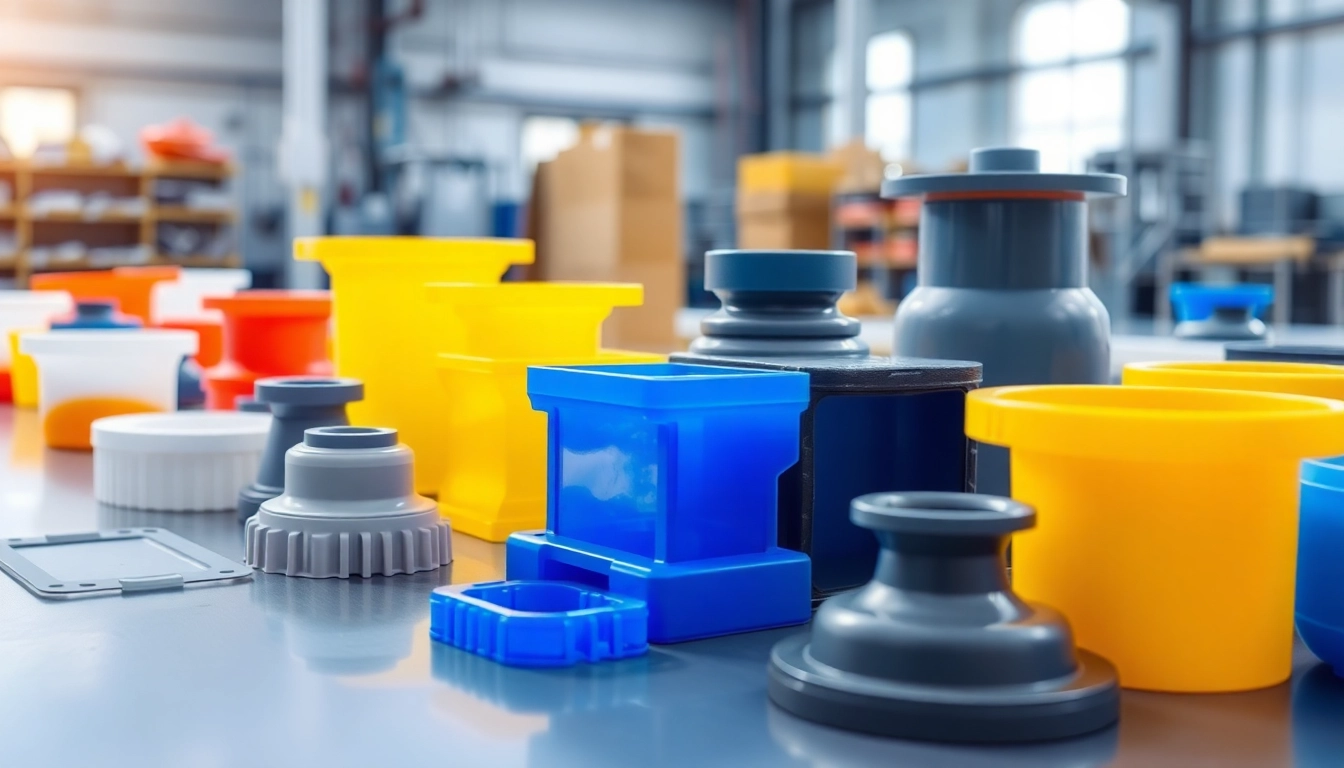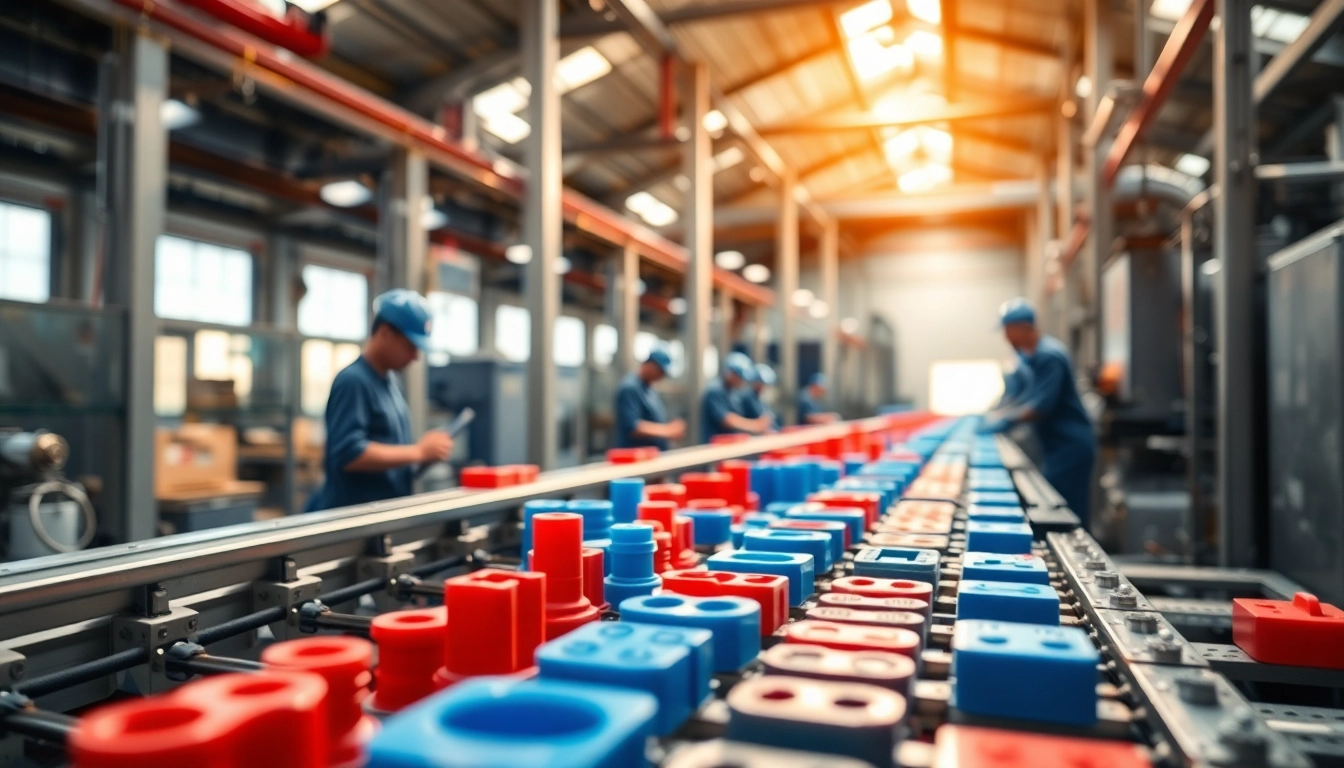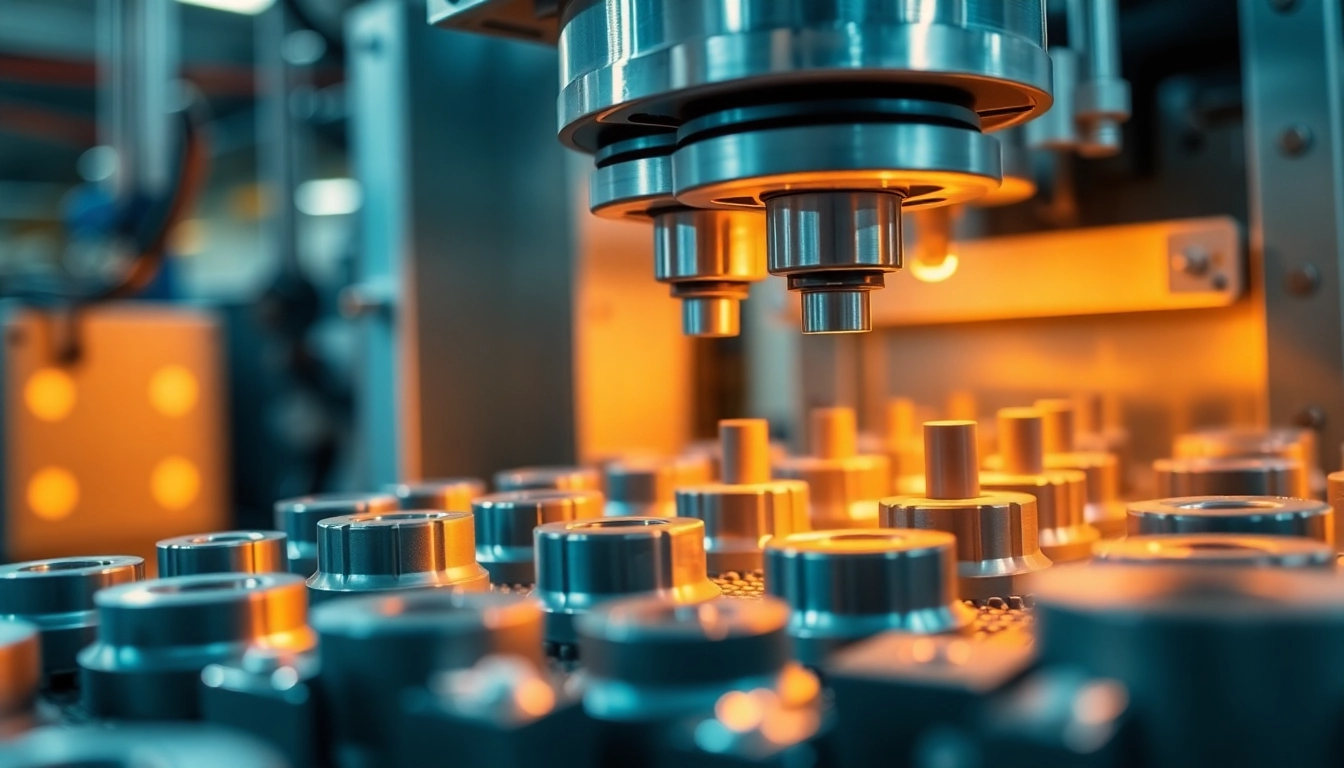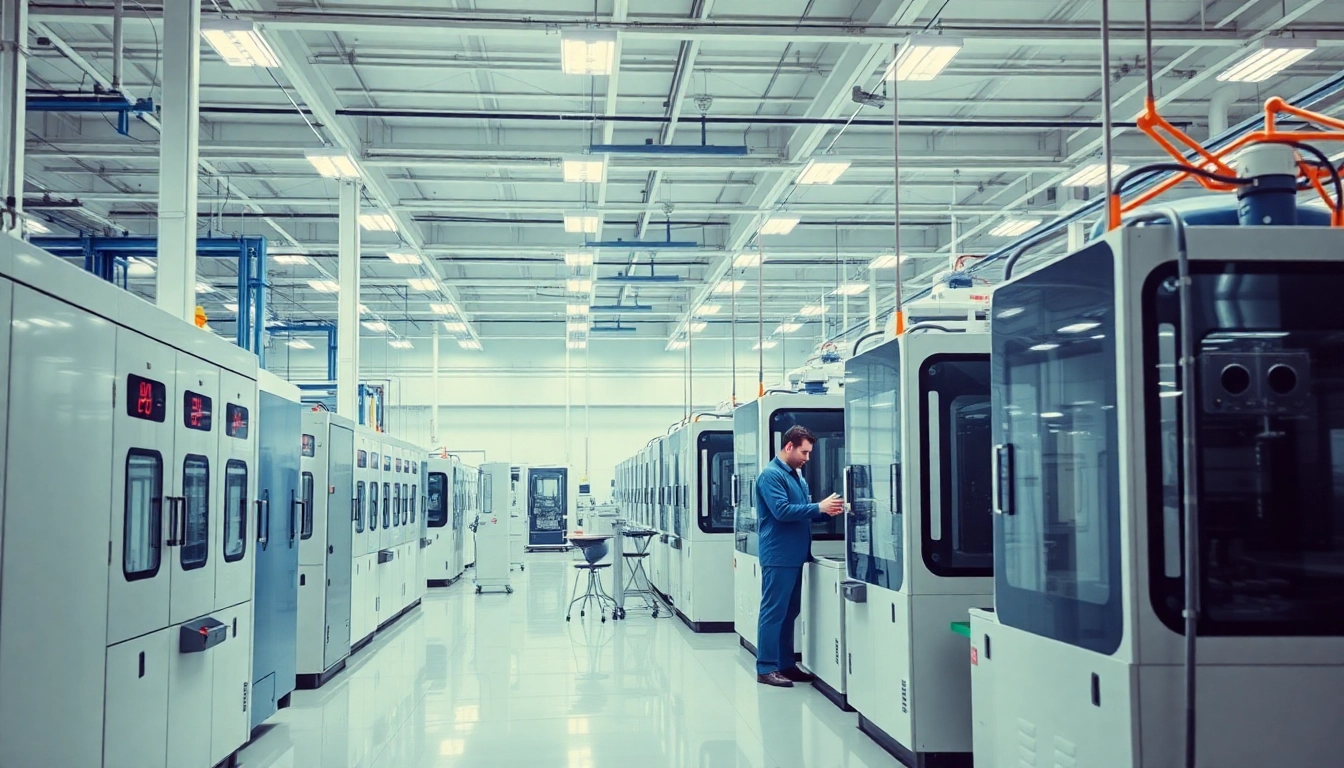Understanding the Role of a Mold Maker for Injection Molding
What is a Mold Maker?
A mold maker is a specialized tradesperson responsible for fabricating molds used in various manufacturing processes, notably plastic injection molding. These molds are essential for producing large quantities of identical plastic parts swiftly and efficiently. A mold maker not only designs but also constructs and modifies molds using advanced techniques such as CNC machining, electrical discharge machining (EDM), and traditional hand-tools. The responsibilities of a mold maker can range from creating prototypes to ensuring that the final molds meet precise specifications for production runs.
The Importance of Quality in Mold Making
The quality of molds directly impacts the manufacturing process and the end products. High-quality molds reduce production costs by lowering the rate of defects and failures in the injection process. A well-crafted mold ensures better surface finish, dimensional accuracy, and longevity, which ultimately enhances the performance of molded parts. Therefore, investing in a reliable mold maker for injection molding is crucial for manufacturers aiming to maintain competitive advantage and uphold product quality.
Key Skills and Qualifications for Mold Makers
Mold makers require a unique combination of technical, artistic, and analytical skills. They typically have training in engineering, industrial design, or a related field, which allows them to understand the principles of design, materials, and manufacturing processes. Important skills for mold makers include:
- Proficiency in CAD Software: Mold makers use computer-aided design (CAD) software to create precise mold designs.
- Machining Skills: Familiarity with various machining processes such as CNC, EDM, and other manual techniques.
- Problem Solving: Ability to troubleshoot and devise solutions to complex mold-making challenges.
- Attention to Detail: Precision and accuracy are critical in mold making, as even minor flaws can lead to production issues.
- Physical Stamina: Working with heavy machinery and materials requires strength and endurance.
Choosing the Right Mold Maker for Your Project
Factors to Consider When Selecting a Mold Maker
Choosing a mold maker requires careful consideration of several factors to ensure that your project is successful. Here are key aspects to evaluate:
- Experience: Look for a mold maker with a proven track record in creating molds for your specific type of product, particularly in industries similar to yours.
- Portfolio: A strong portfolio showcasing previous work can provide insights into the mold maker’s capabilities and creativity.
- Technology: Assess the technologies and equipment used by the mold maker. More advanced machinery can enhance quality and reduce lead times.
- Communication Skills: Effective communication ensures that your ideas are understood, which translates to accurate mold designs.
- Cost: Obtain quotes from multiple mold makers. While price should not be the only factor, it is vital to ensure that it aligns with your budget.
Comparing Different Mold Making Techniques
Mold makers use various techniques to create molds, each with unique advantages and disadvantages.
- Traditional Machining: This method involves creating molds using manual and CNC machining processes, offering high precision but can be labor-intensive.
- EDM (Electrical Discharge Machining): This high-precision method is ideal for complex shapes and intricate details, though it can be more expensive.
- 3D Printing: Rapid prototyping through 3D printing allows for quick iterations. While these molds are suitable for small production runs, they may not provide the durability needed for high-volume production.
Evaluating a Mold Maker’s Previous Work
Before finalizing a mold maker for your project, evaluate their previous work. Ask for references, and if possible, visit their facility to see their operations firsthand. It’s also helpful to request detailed case studies that highlight their problem-solving abilities and adherence to budgets and timelines.
Common Challenges Faced in Mold Making
Addressing Design Limitations
Mold makers often face challenges related to design limitations based on material properties, part geometry, and production techniques. Collaborating closely with product designers and engineers early in the process can help identify potential design issues before they translate into costly manufacturing delays.
Overcoming Cost Constraints
Cost is a significant concern in mold making. High-quality molds require substantial upfront investment. Conducting a thorough cost analysis of the mold’s lifecycle can help justify the initial investment by demonstrating long-term savings due to reduced production errors and material waste.
Managing Tight Deadlines Effectively
Time constraints can pressure mold makers, affecting quality. To manage this effectively, establish realistic timelines and incorporate buffers for unexpected delays. Use project management tools to track progress and ensure timely communication between teams throughout the mold-making process.
Best Practices for Collaborating with Your Mold Maker
Establishing Clear Communication
Strong communication is critical in ensuring that both parties are aligned throughout the project. Regular updates and open channels for feedback help mitigate misunderstandings or misaligned expectations. Utilize digital communication tools for real-time discussions and document sharing.
Creating Detailed Specifications and Prototypes
Providing detailed specifications for your mold design can prevent numerous issues later on. Creating prototypes can help visualize the final product and allow for testing and adjustments before full-scale production. This process ensures that the project stays on track and meets the required performance criteria.
Iterative Feedback and Revisions
Mold making often requires several iterations before achieving the final product. Emphasize the importance of feedback throughout the process. Regular reviews at different stages allow mold makers to adjust designs in response to unforeseen challenges and refine the mold to meet specifications.
Evaluating the Success of Your Mold Making Project
Performance Metrics to Consider
To evaluate the success of your mold making efforts, consider relevant performance metrics such as:
- Cycle Time: Measure the time taken to produce the first part and subsequent parts. Shorter cycle times indicate a well-functioning mold.
- Defect Rate: Analyze the percentage of defective parts produced. Lower defect rates indicate better quality in mold making.
- Production Volume: Evaluate whether the mold meets production volume requirements, impacting your overall manufacturing capabilities.
Post-Production Quality Checks
Quality control is crucial after the mold has been completed. Conduct thorough inspections and testing on the first few parts produced to ensure they meet specifications. This quality check should assess not only the physical product but also the effectiveness of the mold itself.
Building Long-Term Relationships with Your Mold Maker
Establishing a long-term partnership with your mold maker can yield many benefits, including streamlined processes and better understanding of your specific needs over time. A stable relationship enables you to innovate and adapt quickly to market changes, ultimately enhancing your product development and production efficiency.








Leave a Reply